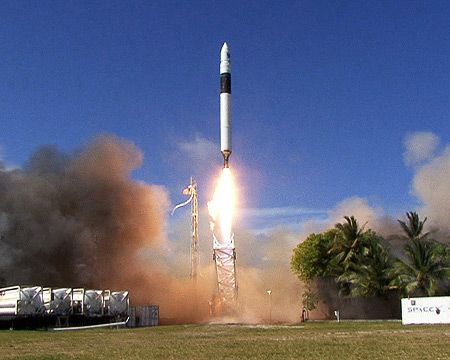Last year, the Singularity Institute raised over $500,000. The World Transhumanist Association raised $50,000. The Lifeboat Foundation set a new record for the single largest donation. The Center for Responsible Nanotechnology’s finances are combined with those of World Care, a related organization, so the public can’t get precise figures. But overall, it’s safe to say, we’ve been doing fairly well. Most not-for-profit organizations aren’t funded adequately; it’s rare for charities, even internationally famous ones, to have a large full-time staff, a physical headquarters, etc.
The important question is, now that we’ve accumulated all of this money, what are we going to spend it on? It’s possible, theoretically, to put it all into Treasury bonds and forget about it for thirty years, but that would be an enormous waste of expected utility. In technology development, the earlier the money is spent (in general), the larger the effect will be. Spending $1M on a technology in the formative stages has a huge impact, probably doubling the overall budget or more. Spending $1M on a technology in the mature stages won’t even be noticed. We have plenty of case studies: Radios. TVs. Computers. Internet. Telephones. Cars. Startups.
The opposite danger is overfunding the project, commonly called “throwing money at the problem”. Hiring a lot of new people without thinking about how they will help is one common symptom. Having bloated layers of middle management is another. To an outside observer, it probably seems like we’re reaching this stage already. Hiring a Vice President In Charge Of Being In Charge doesn’t just waste money; it causes the entire organization to lose focus and distracts everyone from the ultimate goal.
I would suggest a top-down approach: start with the goal, figure out what you need, and get it. The opposite approach is to look for things that might be useful, get them, then see how you can complete a project with the stuff you’ve acquired. NASA is an interesting case study, as they followed the first strategy for a number of years, then switched to the second one.
Continue reading “Spending Effectively” »











